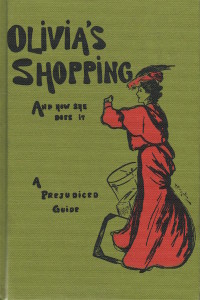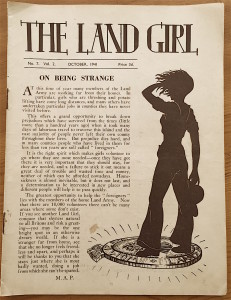
When the Director of the Cambridge Farm, W. S. Mansfield, brought out his Farmer’s Friend in 1947, he did so in one of the coldest winters on record, when farming wisdom may not have had much effect. Speculating on why most of the old farming precepts he listed made sense, Mansfield turns to modern farming theories and simple entomological and botanical knowledge for some answers. However, there are still questions to be asked of a few of these pieces of ancient wisdom. Your Jotter’s comments are in italics.
On a farm where there are geese, the farmer’s wife wears the breeches
Traditionally, the poultry on a farm are the perquisites of the farmer’s wife. This is perhaps one of the reasons why on so many farms they receive such scant attention from the farmer. Certain it is that no class of poultry is popular with the majority of farmers, and geese are the least popular of all, so much so that in ordinary times few farmers will tolerate their presence. For this they have reason, as geese eat an incredible amount of grass, and compete directly with both sheep and cattle. It has been estimated that seven geese eat as much grass as a cow, and those who have had most experience with geese are the least likely to quarrel with this figure. Moreover, it is not only the amount of grass that geese eat that makes them unpopular but the amount they foul.
Mansfield neglects to mention the usefulness of geese to warn the farmer or farmer’s wife of unwelcome visitors, whether man or beast. A flock can create more noise than two dogs and many can be more aggressive. Plus, unlike dogs, they are good to eat and produce eggs. Geese one. Dogs nil.
If the moon is full at Christmas no black fly will be seen on the beans
The attacks of black aphis, which often do serious damage to the bean crop, are far worse in some years than in others, but there is of course no connection between the severity of the attack and the phase of the moon at Christmas.
A very good indication, however, of the severity of the attack to be expected the following summer may be obtained by examining spindle trees during the winter. The black fly lays its eggs on these trees at the end of the summer, and it is the eggs which form the over wintering stage of this pest. A close examination of shoot and buds of spindle trees during the winter may reveal a large number of black aphis eggs, which are black shining objects, rather smaller in size than a pin’s head. By making counts of the numbers of eggs present on spindle trees entomologists can now predict fairly accurately whether there is likely to be a severe attack of bean aphis in any one district. Continue reading

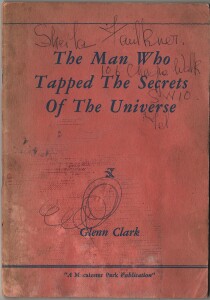
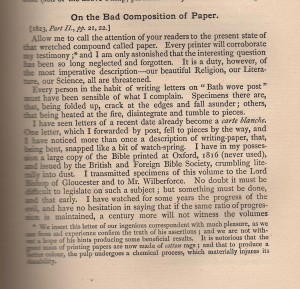 Researchers in newspaper and magazine archives often complain about the horrendous quality of newsprint they encounter. Sometimes whole pages are brown and need to be handled with extraordinary care as they are turned, lest they crumble to dust— to the embarrassment of the researcher. The decline of paper quality seems to have begun towards the end of the nineteenth century and is attributed to the high acid content of the wood pulp used for printing cheap publications—mainly newspapers and periodicals, particularly adventure and school stories for boys, but also mass produced books issued in serial form. The decay of newsprint appears to accelerate with exposure to sunlight, which explains why single issues of newspapers and magazines are much more likely to turn brown and crumble than bound volumes.
Researchers in newspaper and magazine archives often complain about the horrendous quality of newsprint they encounter. Sometimes whole pages are brown and need to be handled with extraordinary care as they are turned, lest they crumble to dust— to the embarrassment of the researcher. The decline of paper quality seems to have begun towards the end of the nineteenth century and is attributed to the high acid content of the wood pulp used for printing cheap publications—mainly newspapers and periodicals, particularly adventure and school stories for boys, but also mass produced books issued in serial form. The decay of newsprint appears to accelerate with exposure to sunlight, which explains why single issues of newspapers and magazines are much more likely to turn brown and crumble than bound volumes.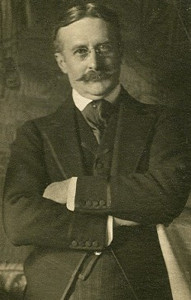
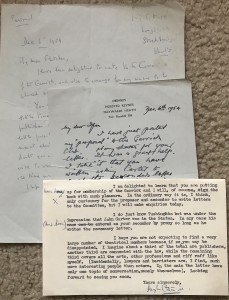
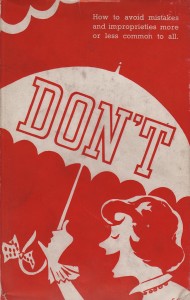
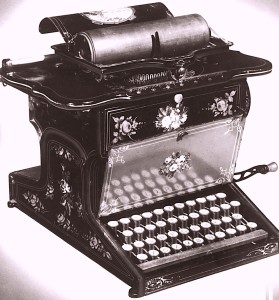

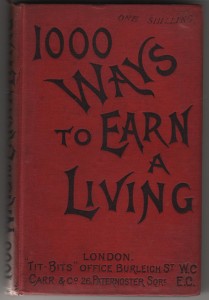
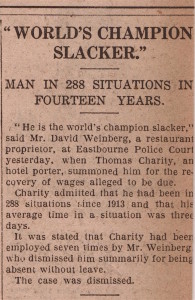 A clipping taken from the August 16th issue of the Daily Express for 1927, reported that David Weinberg, a restaurant owner, had been summoned to Eastbourne Police Court for the recovery of wages allegedly due to Thomas Charity, a hotel porter. Weinberg stated that he had employed Charity seven times before dismissing him summarily for being absent without leave. Weinberg called him ‘the world’s champion slacker’. When asked for his employment record Charity admitted that he had been in ‘288 situations since 1913 and that his average time in a situation was three days ‘. The case was dismissed.
A clipping taken from the August 16th issue of the Daily Express for 1927, reported that David Weinberg, a restaurant owner, had been summoned to Eastbourne Police Court for the recovery of wages allegedly due to Thomas Charity, a hotel porter. Weinberg stated that he had employed Charity seven times before dismissing him summarily for being absent without leave. Weinberg called him ‘the world’s champion slacker’. When asked for his employment record Charity admitted that he had been in ‘288 situations since 1913 and that his average time in a situation was three days ‘. The case was dismissed.